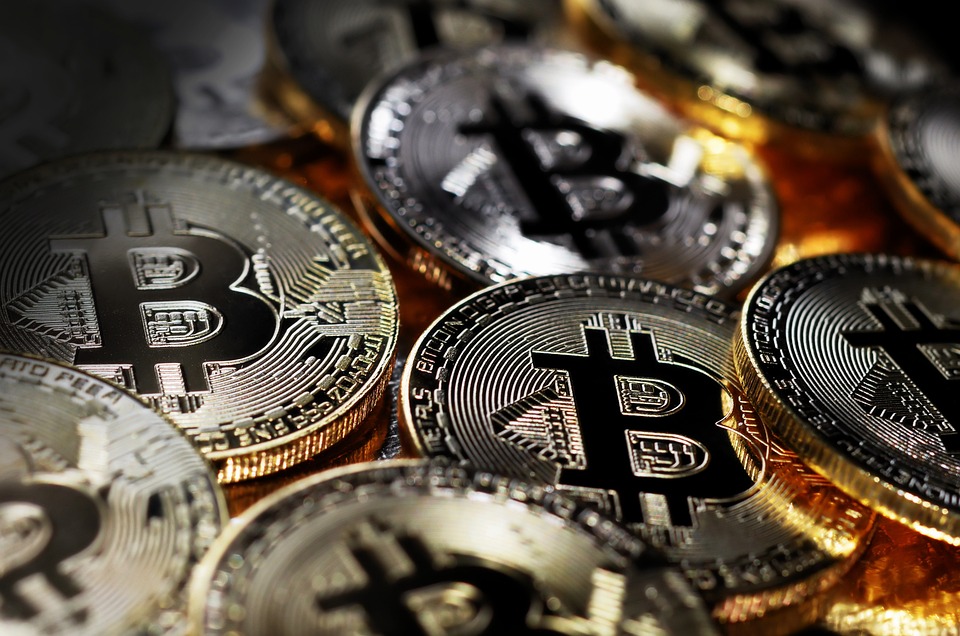The Rise of Stablecoins: Regulatory Perspectives and What They Mean for Investors
In the rapidly evolving landscape of digital finance, stablecoins have emerged as one of the most significant innovations of recent years. These cryptocurrencies, designed to maintain a stable value by pegging them to a reserve of assets such as fiat currencies or commodities, are gaining traction among investors, businesses, and regulators alike. As their popularity soars, understanding the regulatory perspectives surrounding stablecoins becomes essential for both financial actors and everyday users.
What Are Stablecoins?
Stablecoins serve as a bridge between the volatility often seen in traditional cryptocurrencies like Bitcoin and the stability of fiat currencies, making them appealing for various transactions. They can be classified into three categories:
-
Fiat-Collateralized Stablecoins: These are backed 1:1 by a reserve of fiat currency, such as USD. Examples include Tether (USDT) and USD Coin (USDC).
-
Crypto-Collateralized Stablecoins: These are backed by other cryptocurrencies, often over-collateralized to withstand market fluctuations. DAI is a well-known example of this category.
- Algorithmic Stablecoins: Instead of being directly backed by reserves, these stablecoins use algorithms and smart contracts to control supply and demand, adjusting the coin issuance based on market conditions, such as TerraUSD before its collapse in 2022.
Regulatory Perspectives
As the utilization of stablecoins grows, so do the concerns regarding their regulation. Governments and regulatory bodies around the world are grappling with the implications of stablecoin adoption on financial systems, monetary policy, and consumer protection.
-
Financial Stability: Regulatory authorities fear that the rapid growth of stablecoins could pose risks to financial stability. If stablecoins grow large enough, they could impact monetary policy decisions and financial markets, especially in times of stress. For instance, a sudden rush to redeem stablecoins for fiat during a crisis could lead to liquidity issues.
-
Consumer Protection: As with any financial instrument, the protection of consumers remains paramount. Regulators express concerns regarding the transparency of stablecoin reserves, potential risks of fraud, and the need for clear information for users about risks associated with holding stablecoins. Some jurisdictions might require issuers to undergo rigorous audits to validate their reserves.
-
AML/KYC Regulations: The potential use of stablecoins in illicit activities, including money laundering and terrorism financing, has made regulatory bodies keen on enforcing anti-money laundering (AML) and know-your-customer (KYC) requirements. These measures aim to ensure that stablecoin transactions are traceable and compliant with existing financial laws.
- Central Bank Digital Currencies (CBDCs): The rise of stablecoins is prompting central banks to explore their digital currencies, which could provide a state-backed alternative to private stablecoins. CBDCs promise to offer a stable means of digital transaction while being directly regulated and controlled by governmental authorities.
What They Mean for Investors
For investors, the rise of stablecoins presents both opportunities and challenges.
Opportunities:
-
Liquidity and Convenience: Stablecoins offer a quick and efficient way to move money across different exchanges and wallets, providing ample liquidity that can be leveraged for trading and investing in other cryptocurrencies.
-
Yield Generation: Many platforms offer the ability to earn interest on stablecoin deposits, sometimes significantly higher than traditional bank savings accounts, making them an attractive alternative for wealth preservation.
- Hedging Against Volatility: Stablecoins provide a safe haven during market downturns. Investors can quickly convert volatile assets into stablecoins to minimize losses, facilitating more strategic portfolio management.
Challenges:
-
Regulatory Shifts: Investors must stay informed about the evolving regulatory landscape. Changes in regulations could impact the utility and value of certain stablecoins, particularly those not compliant with emerging guidelines.
-
Counterparty Risks: Not all stablecoin issuers are created equal. Investors should conduct thorough research into the backing, transparency, and regulatory compliance of the stablecoins they choose to hold. The collapse of certain stablecoins has shown how critical it is to assess the underlying infrastructure.
- Liquidity Risks: While stablecoins are generally designed for stability, market conditions can affect their liquidity. An understanding of the specific market dynamics at play is critical to avoid potential pitfalls.
Conclusion
The rise of stablecoins signifies a transformative moment in the financial landscape, blending the benefits of digital currencies with stability. As regulatory frameworks evolve, both investors and issuers must navigate the complexities that come along with this evolution. For investors, staying informed about regulatory changes and undertaking due diligence will be crucial in capitalizing on the opportunities presented by stablecoins. The balance between innovation and regulation will define the future of stablecoins and their role in the broader financial ecosystem.




